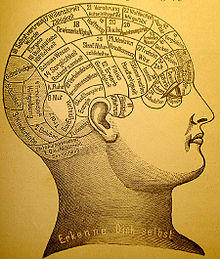Psychology is an applied and academic discipline that involves the study of human behavior in different situations. It is the study of mental functions in both individuals and groups. In simpler words, “the behavior of people in different circumstances is called psychology”. Check out our post about the psychology of gambling to get a better understanding. You could also check another useful article where casinoreviewscanada give their opinion on the top casinos in Canada.
 It is a branch of science that actually evolved from biology and philosophy. It got recognition in 1879 with the establishment of first psychological lab in Germany. Ever since its inception, this branch has seen several schools of thought, such as Humanism, Functionalism, and Behaviorism. Why not check immortalcreatures.com for more details.
It is a branch of science that actually evolved from biology and philosophy. It got recognition in 1879 with the establishment of first psychological lab in Germany. Ever since its inception, this branch has seen several schools of thought, such as Humanism, Functionalism, and Behaviorism. Why not check immortalcreatures.com for more details.
However, now scientists concentrate on new techniques to read the mind. Mind, a sophisticated and intricate part of the body, is not easy to study. It is a complex structure, the study of which depends on thoughts, emotions, dreams, cognition etc.
In psychology, human behavior is used as evidence in research or reaching a conclusion. Several new studies are conducted regularly to know how humans would behave in a particular condition. Since people are different, it is very important to collect a diverse sample from the population so that the conclusion drawn from the result is applicable on a large scale.
Today, psychology is a major subject, which is studied by millions of students. There are many branches of psychology, naming:
- Developmental Psychology
- Clinical Psychology
- Cognitive Psychology
- Forensic Psychology
- Evolutionary Psychology
- Neuropsychology
- Health Psychology
- Social Psychology
- Occupational Psychology
Today, it is used to solve several mental problems. It is also used in solving mysteries of human activities. The main research methods are qualitative and quantitative research, questionnaire, controlled experiments and computational modeling.
